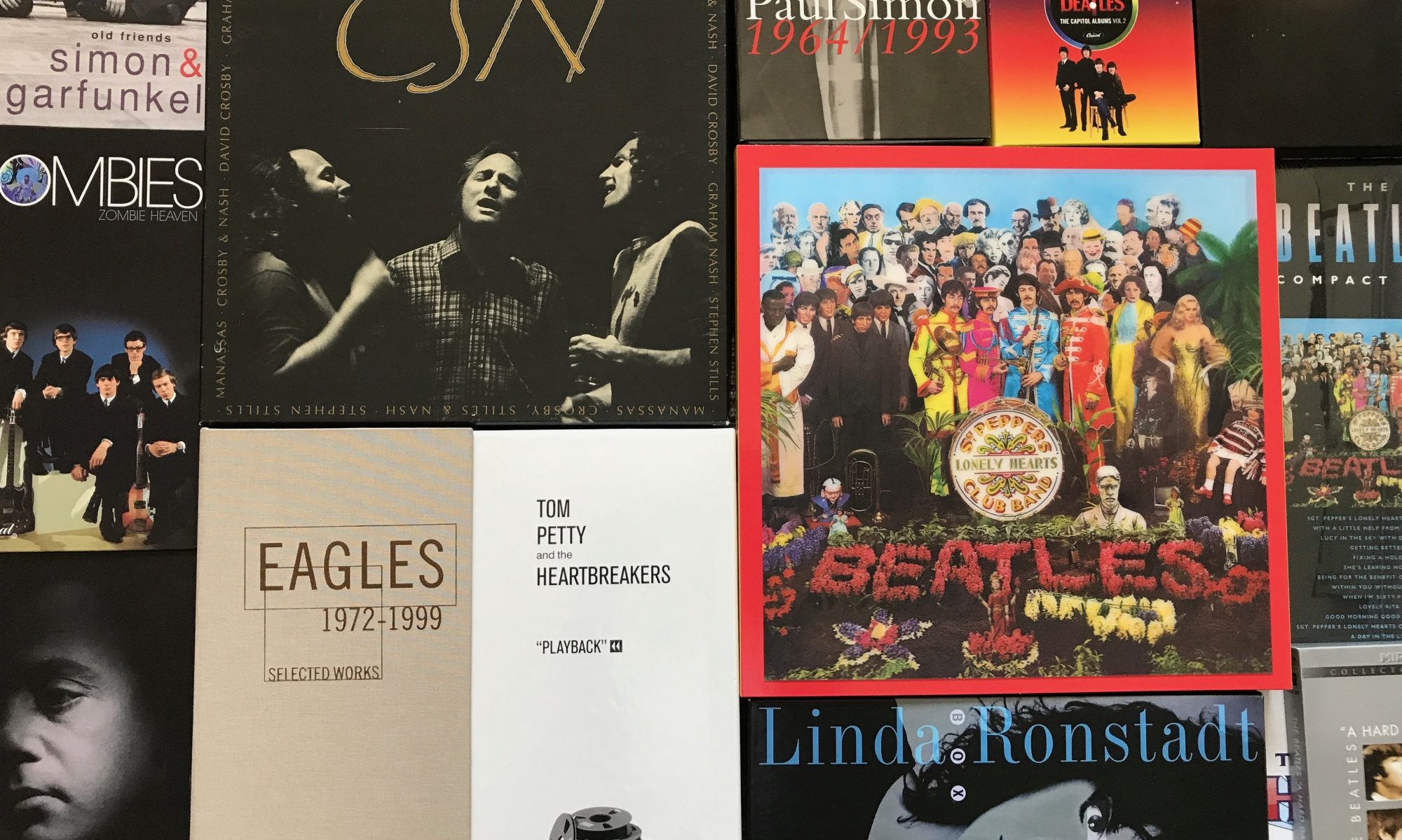There’s a new documentary called…What The Hell Happened To Blood Sweat & Tears?
The main answer is…“What goes up, must come down.” (but we’ll get into specifics).
That line from their song “Spinning Wheel”, sums up what happens to every successful band, but the down part came pretty quickly for BS&T. The group’s first album in 1968 didn’t propel the band into national prominence, but their second album became a major hit in 1969.
Their self-titled album brought the term Jazz Rock into our vocabulary. Blood Sweat & Tears had three platinum hit singles… “You’ve Made Me So Very Happy”, “And When I Die”, and “Spinning Wheel”. The sound was groundbreaking. The brass arrangements were played by members of the band, instead of session players, as was the norm.
Instrumental breaks were heavily jazz influenced, and featured some exceptional trumpet solos. The producer was James William Guercio, who also produced The Buckinghams and Chicago. The other big change for BS&T was that David Clayton Thomas had taken over the lead vocals from Al Kooper.
Besides the three hits, FM radio played almost all the songs, including “Smiling Phases”, “Sometimes In Winter” and “God Bless The Child”. Blood Sweat & Tears won the Grammy for Album Of The Year. It beat out Abbey Road, and though that seems wrong now, BS&T was hot.
So what happened to all that popularity? They released more albums, but the quality just wasn’t there. Also, their own songwriting was limited, so most of their recordings were cover versions.
I really enjoyed Blood Sweat & Tears, so I also bought their first album, Child Is Father To The Man (despite the creepy cover). Although some people really like the album, it lacks the energy and commercial appeal of their hit album. The follow-up to their successful album was Blood Sweat & Tears 3. Because their second album was a phenomenon, their third album sold well at first, but the magic just wasn’t there, and it faded. BS&T 4 was a little better, but also had disappointing sales. In 1972, David Clayton Thomas left the group to try a solo career. With a new lead singer, the band released New Blood. It was after this one that I stopped buying their albums. There were other album releases, but none had much impact..
The successful portion of BS&T’s recording career was only from 1969 to 1971. After those three hit singles (that all made it to #2) they had only three more modest Top-40 hits, with each ranking lower than the last.
BS&T’s concerts were very popular for a couple years, and then they ran into the problem featured in the new documentary.
When Canadian David Clayton Thomas was still in the band, the U.S. State Department threatened to revoke his green card. To keep that from happening, the band reluctantly agreed to do a concert tour behind the Iron Curtain. The idea was to give those countries a taste of America’s spirit and freedom. Unfortunately for BS&T, the Vietnam War meant working for the Nixon government was frowned upon by the youth of America.
Foreign audiences responded enthusiastically to BS&T, but the band received some undeserved animosity when they returned to the U.S. The documentary covers the controversy. It’s in limited theatrical release in major markets.
That Blood Sweat & Tears only had one truly great album, does not take away from the band’s innovative sound, nor the fact that their best songs are still a treat to hear all these decades later.
___________________________________
Just for fun: BS&T should probably have sued their record company over the really bad album covers.
Child Is Father To The Man looks like the guys are holding doppelgänger ventriloquist dummies. Blood Sweat & Tears appears to have black and white cutouts of their heads, and they kind of look like a line-up of Jack The Ripper suspects. For Blood Sweat & Tears 3, someone said…”It’s a gloomy gray day. Let’s have you all stand in the mud, and I’ll take your picture.” BS&T 4 is an incomplete graphic with lots of white space and a cloud in the middle. And finally, the New Blood cover represents the band by using flowery peacocks and butterflies. The group should have been able to collect damages from Columbia Records.








